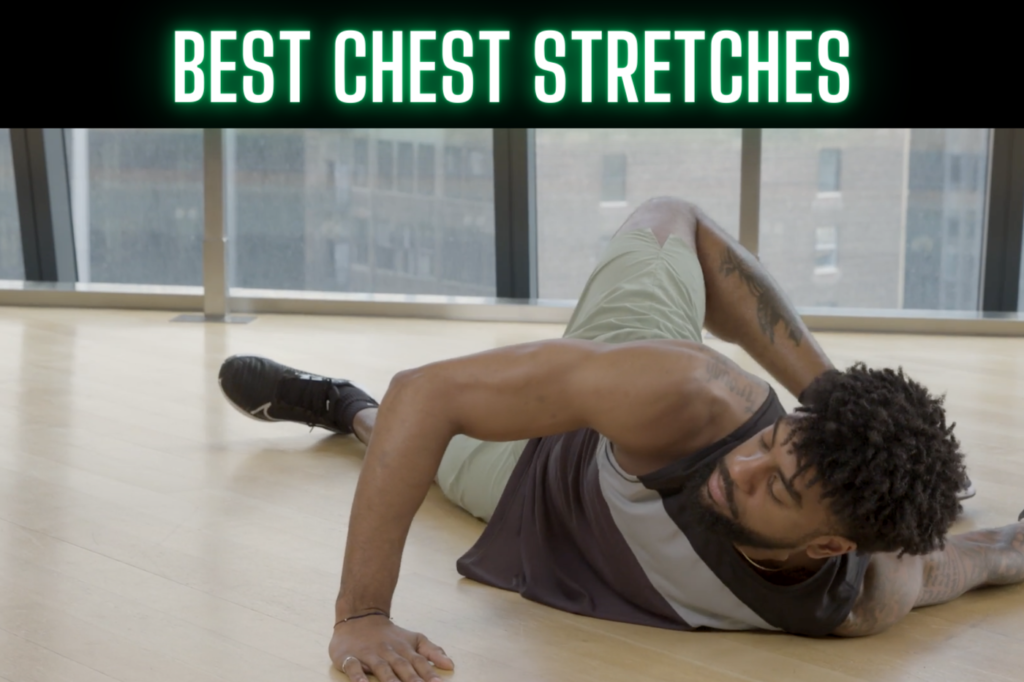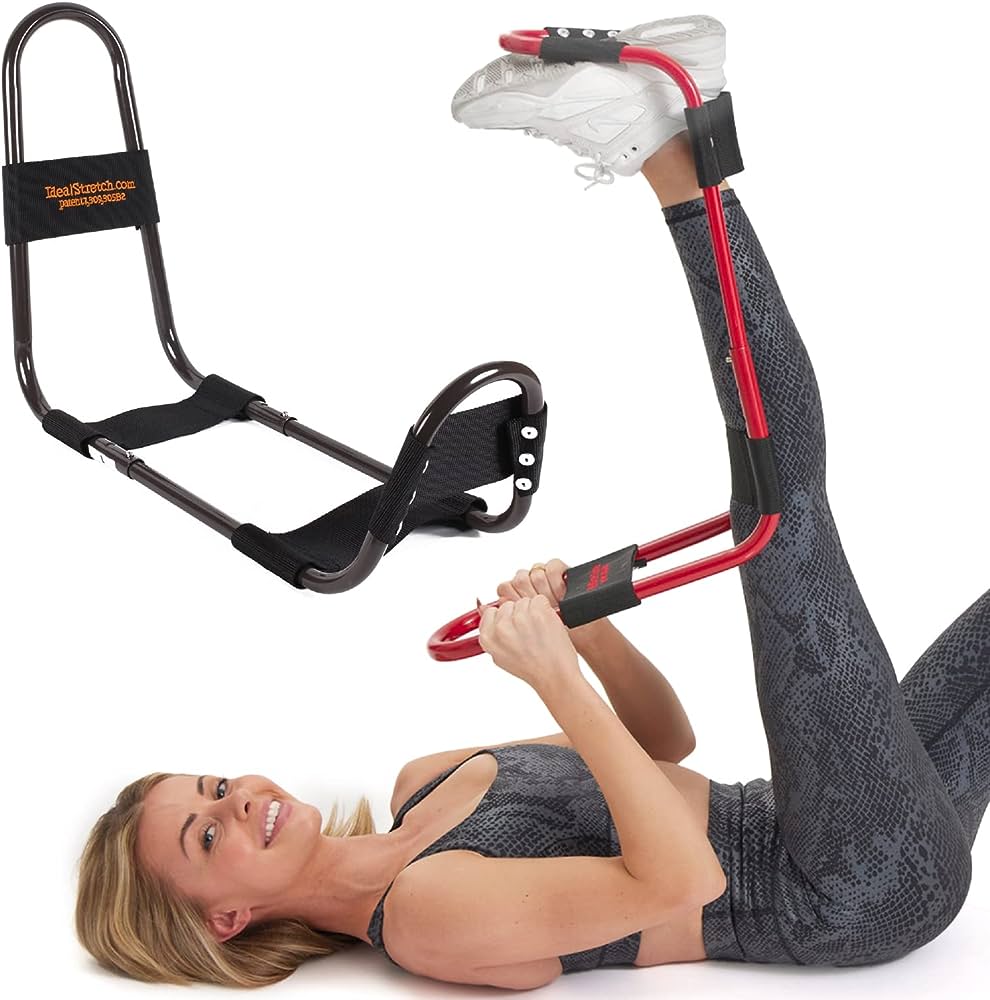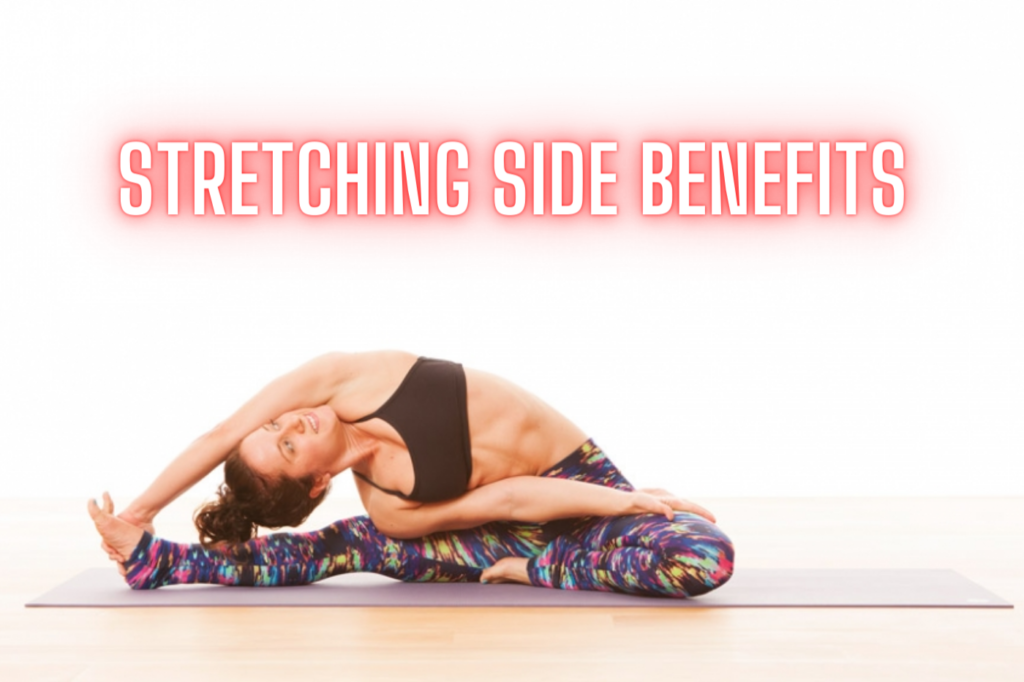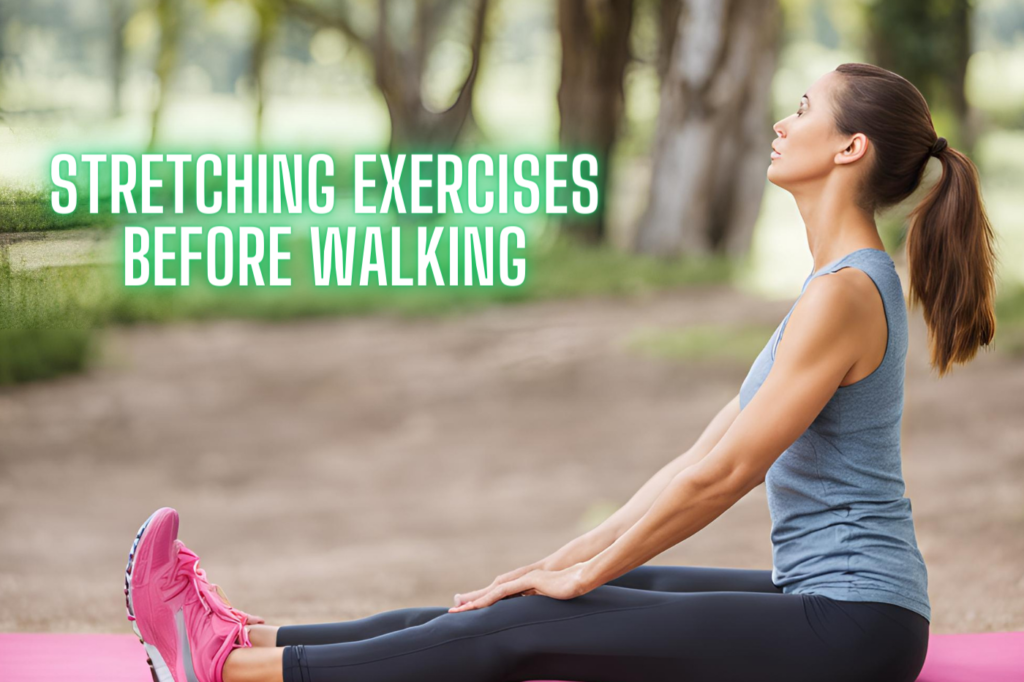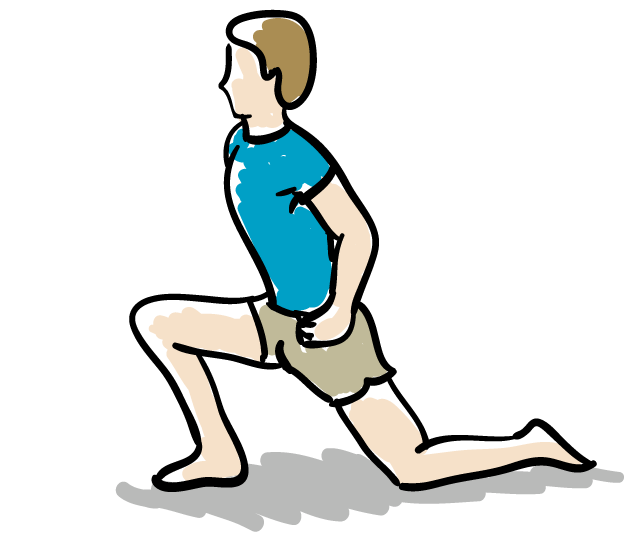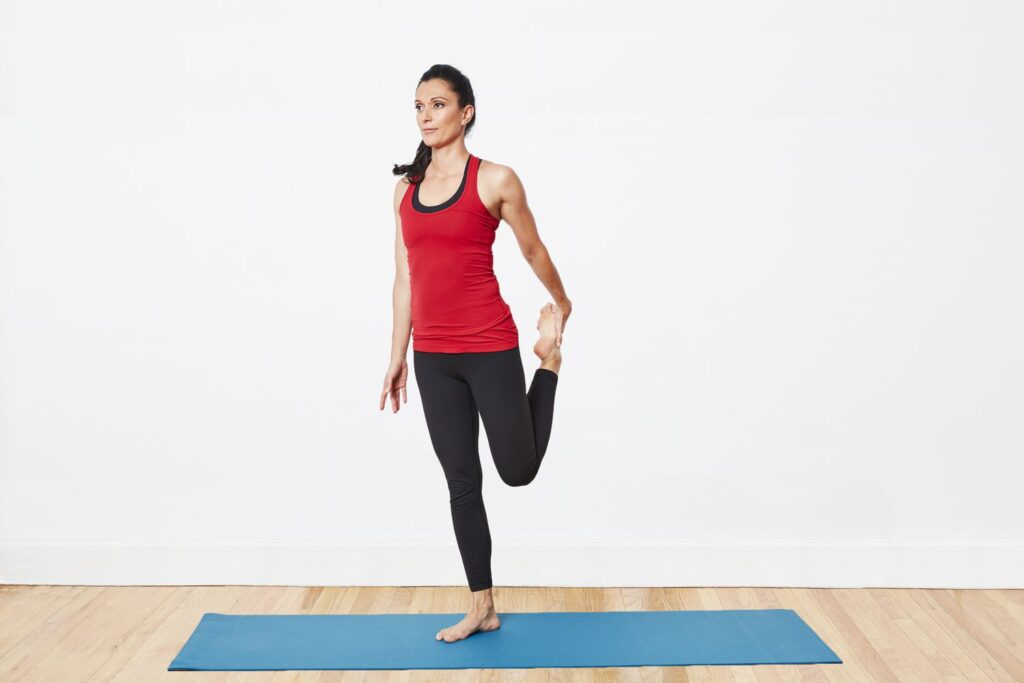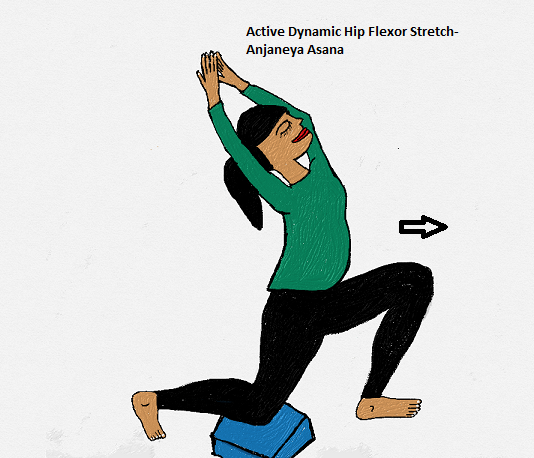The best chest stretches include the doorway stretch and the seated chest stretch. These exercises improve flexibility and reduce muscle tension.
Chest stretches are vital for maintaining upper body flexibility and preventing muscle tightness. Regular stretching can enhance posture and alleviate discomfort caused by prolonged sitting or repetitive motions. The doorway stretch involves standing in a doorway, placing your hands on the frame, and gently leaning forward.
The seated chest stretch requires sitting on a chair, clasping your hands behind your back, and lifting your arms gently. Both stretches target the chest muscles effectively. Incorporate these stretches into your routine to promote muscle health and overall well-being. Consistency is key to reaping the full benefits of these simple yet effective exercises.

Credit: www.setforset.com
Introduction To Chest Flexibility
Discover the best chest stretches to enhance flexibility and improve posture. These effective exercises reduce muscle tension and increase range of motion.
Importance Of Stretching The Chest
Stretching the chest is very important. It helps to improve posture and reduce pain. Flexible chest muscles can enhance breathing. They also help you move better.
People who sit a lot need this. It can prevent tightness and discomfort. Regular stretching keeps your chest open. This can make you feel more relaxed and healthy.
Benefits For Athletes And Non-athletes
Athletes need chest stretches to stay strong. It helps them perform better. They can also avoid injuries with good flexibility.
Non-athletes also benefit. It can make daily activities easier. Stretching can reduce stress and make you feel good. Everyone should stretch for a healthy chest.

Credit: www.setforset.com
Anatomy Of The Chest
The chest has two main muscles. These are the pectoralis major and the pectoralis minor. The pectoralis major is the larger one. It helps move your arms. The pectoralis minor is smaller. It helps move your shoulders.
Stretching muscles keeps them flexible. It helps them stay strong. Flexible muscles are less likely to get hurt. Stretching also helps blood flow to the muscles. This keeps them healthy.
Preparation For Chest Stretching
Find a calm and quiet place. Ensure the area is free of clutter. A clean space helps focus. Wear comfortable clothes for ease of movement. A yoga mat can provide comfort. Proper lighting ensures you can see clearly. Fresh air can enhance your experience. Avoid distractions like phones or loud noises.
Start with light arm circles. Swing your arms forward and backward. March in place for a minute. Gentle shoulder shrugs can help. Rotate your torso side to side. Easy neck rolls can loosen muscles. A few jumping jacks can warm up the body. Stretch each arm across your body.

Credit: www.acefitness.org
Classic Chest Stretches
Classic chest stretches enhance flexibility and relieve muscle tension. These exercises are essential for maintaining upper body mobility and posture.
Doorway Stretch
Stand in a doorway. Place your hands on the door frame. Keep your elbows at shoulder height. Step forward with one foot. Feel the stretch in your chest. Hold for 15-30 seconds. Repeat on the other side.
Floor Angel
Lie on your back. Bend your knees. Keep your feet flat. Place your arms at your sides. Bend your elbows to 90 degrees. Slowly move your arms above your head. Keep your back flat. Return to the start. Repeat 10-15 times.
Dynamic Chest Stretches
Dynamic chest stretches enhance flexibility and improve posture. They prepare muscles for workouts, reducing injury risk. Ideal for anyone seeking effective chest stretches.
Arm Swings
Stand with your feet shoulder-width apart. Swing your arms in big circles. Make sure to swing forward and backward. This warms up your chest muscles. Do this for 30 seconds. Repeat if needed.
Medicine Ball Passes
Hold a medicine ball with both hands. Stand facing a wall. Throw the ball against the wall. Catch it as it comes back. This helps stretch and strengthen your chest. Repeat for 1 minute. Increase speed for a better workout.
Yoga-inspired Chest Openers
Discover the best chest stretches with yoga-inspired chest openers. Enhance flexibility, improve posture, and breathe easier through effective stretching techniques.
Camel Pose
Camel Pose helps open your chest and shoulders. Kneel on the ground with knees hip-width apart. Place your hands on your lower back. Push your hips forward and arch your back. Reach for your heels with your hands. Keep your chest lifted and breathe deeply. Hold for 20-30 seconds. Slowly return to the starting position.
Upward Facing Dog
Upward Facing Dog strengthens the chest and back. Lie on your stomach with legs straight. Place your hands under your shoulders. Press into your hands and lift your chest. Keep your thighs off the ground. Look straight ahead and hold for 15-20 seconds. Lower back down and rest.
Partner-assisted Chest Stretches
Sit on the floor with your back straight. Ask your partner to sit behind you. Your partner should place their hands on your shoulders. You should then gently pull your arms back. Feel the stretch in your chest. Hold this position for 20 seconds. Remember to breathe slowly and deeply. Repeat the stretch three times.
Always communicate with your partner. Stop if you feel any pain. Your partner should not push too hard. Begin with a gentle stretch. Increase the stretch gradually. Ensure both of you are comfortable. Use a mat or soft surface to sit on. This prevents discomfort. Do not overdo the stretches. Listen to your body.
Incorporating Props For Chest Stretching
Resistance bands are great for chest stretches. They help improve flexibility and strength. Loop a band around a sturdy object. Hold the ends with both hands. Stretch your arms wide. Feel the stretch in your chest. Keep your back straight. Hold for 15 seconds. Repeat 3 times.
A foam roller can help with chest stretches. Lay on your back. Place the foam roller under your upper back. Roll slowly. Feel the tension release in your chest. Move your arms in different directions. This helps stretch different chest muscles. Do this for 2-3 minutes. It can also improve posture.
Advanced Stretching Techniques
PNF stretching involves a combination of contracting and relaxing muscles. This method can greatly increase flexibility. Begin by pushing against a wall with your arms. Hold the stretch for a few seconds. Then, relax and stretch further. Repeat this process several times. This can help improve your chest muscles.
Loaded stretching uses weights to enhance the stretch. Grab a pair of light dumbbells. Lie on a bench and hold the dumbbells above your chest. Slowly lower the weights to the sides. This will stretch your chest muscles. Hold the position for a few seconds. Then, bring the weights back up. Repeat this exercise to strengthen and stretch your chest.
Common Mistakes To Avoid
Stretching too far can cause muscle tears. It’s important to listen to your body. Stop if you feel pain. Always stretch gently and slowly. Hold each stretch for 20-30 seconds. This helps your muscles relax. Never bounce during a stretch.
Bad posture can lead to injuries. Keep your back straight during stretches. Your shoulders should be relaxed. Make sure your feet are flat on the ground. Align your neck with your spine. Proper alignment helps you stretch safely.
Creating A Chest Stretch Routine
Discover the best chest stretches to enhance flexibility and relieve tension. Incorporate these effective exercises into your routine for optimal results. Improve posture and prevent injuries with targeted chest stretches.
Daily Stretching Schedule
A good chest stretch routine helps improve flexibility. Start with 5 minutes of light stretching. Repeat each stretch 2-3 times. Hold each stretch for 20-30 seconds. Always breathe deeply and relax. Stretch both sides of your chest evenly. Include stretches like the doorway stretch and chest expansion. Gradually increase the stretch intensity. Listen to your body. Do not stretch to the point of pain. Consistency is key to improvement. Make stretching a daily habit.
Long-term Flexibility Goals
Set clear, achievable goals for better flexibility. Aim to touch your hands behind your back. Increase the range of motion in your shoulders. Track your progress every month. Celebrate small victories. Stay motivated by setting new targets. Flexibility improves with time and effort. Join a stretching class for guidance. Use props like resistance bands for deeper stretches. Incorporate stretching into your regular workouts. Patience and persistence yield the best results.
Frequently Asked Questions
How Do You Stretch Out Your Chest?
To stretch your chest, perform chest stretches like the doorway stretch or chest opener. Hold each stretch for 15-30 seconds.
How Do You Loosen Up Your Chest?
Perform chest stretches and deep breathing exercises. Practice yoga poses like the Cobra and Cat-Cow. Stay active and maintain good posture.
How To Relieve Chest Muscle Tightness?
To relieve chest muscle tightness, try deep breathing exercises, gentle stretching, and maintaining good posture. Applying heat or cold packs can help. Over-the-counter pain relievers may provide relief. If symptoms persist, consult a healthcare professional.
How To Warm Up Chest Day?
Begin with 5-10 minutes of light cardio. Perform dynamic stretches like arm circles and shoulder rotations. Include push-ups and light chest presses for muscle activation. Finish with a few sets of warm-up bench presses using lighter weights.
Conclusion
Chest stretches are essential for maintaining flexibility and reducing muscle tension. Incorporate these exercises into your daily routine. Enjoy improved posture and enhanced performance in your workouts. Remember, consistency is key for long-term benefits. Stay committed, and you’ll see noticeable improvements in your chest flexibility and overall well-being.

